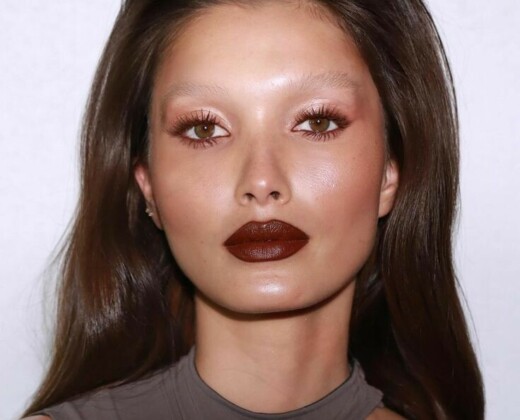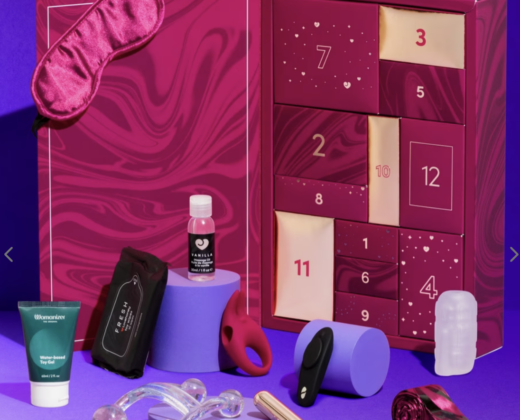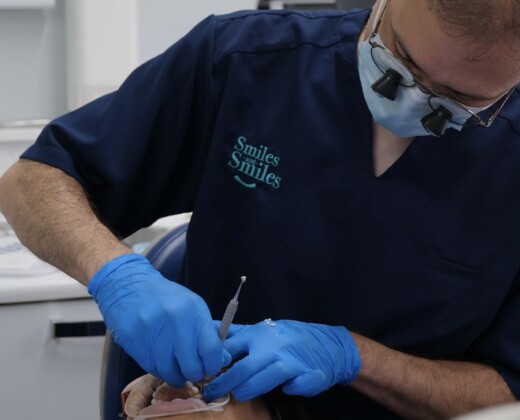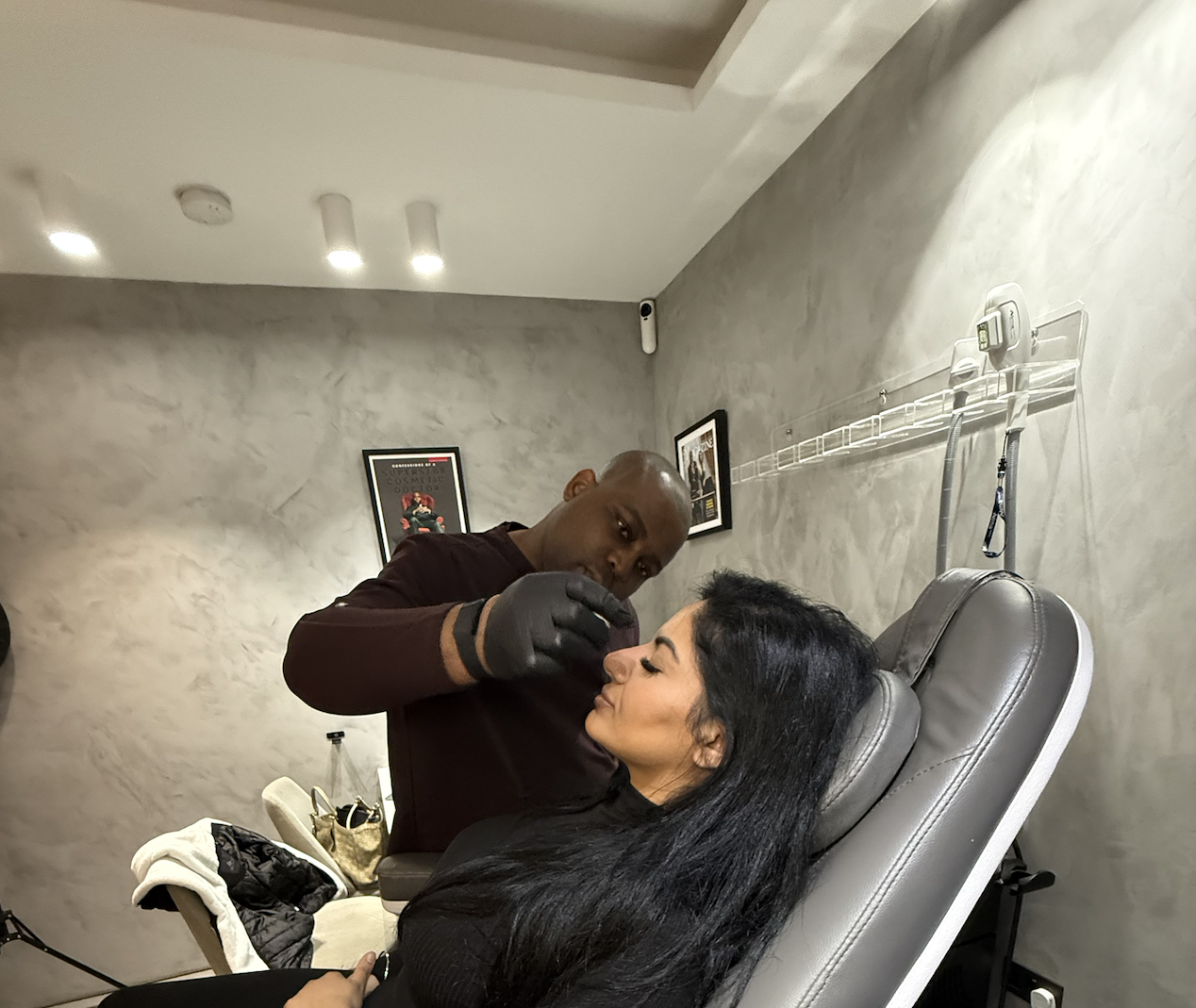
Voir sat down with Dr. Tijion Esho—an award-winning aesthetics doctor and global authority in non-surgical procedures—to uncover everything you need to know about non-surgical nose jobs. As the founder of CULTSKIN clinics—established across multiple UK locations, including two in London—he is renowned for his expertise in aesthetic, corrective, and facial rejuvenation treatments.
Beyond pioneering non-surgical enhancements, Dr. Esho is the creator of The CULTSKIN® Lab—a results-driven, multi-layered skin subscription protocol that blends laser therapy, microneedling, PRP, and cutting-edge treatments for unparalleled skin rejuvenation. Since 2015, his innovative approach has earned a devoted following, making CULTSKIN the secret behind some of the most iconic faces.
In our conversation, we explored non-surgical rhinoplasty, covering its benefits, risks, and what to expect—offering a comprehensive guide about this cutting-edge cosmetic procedure.
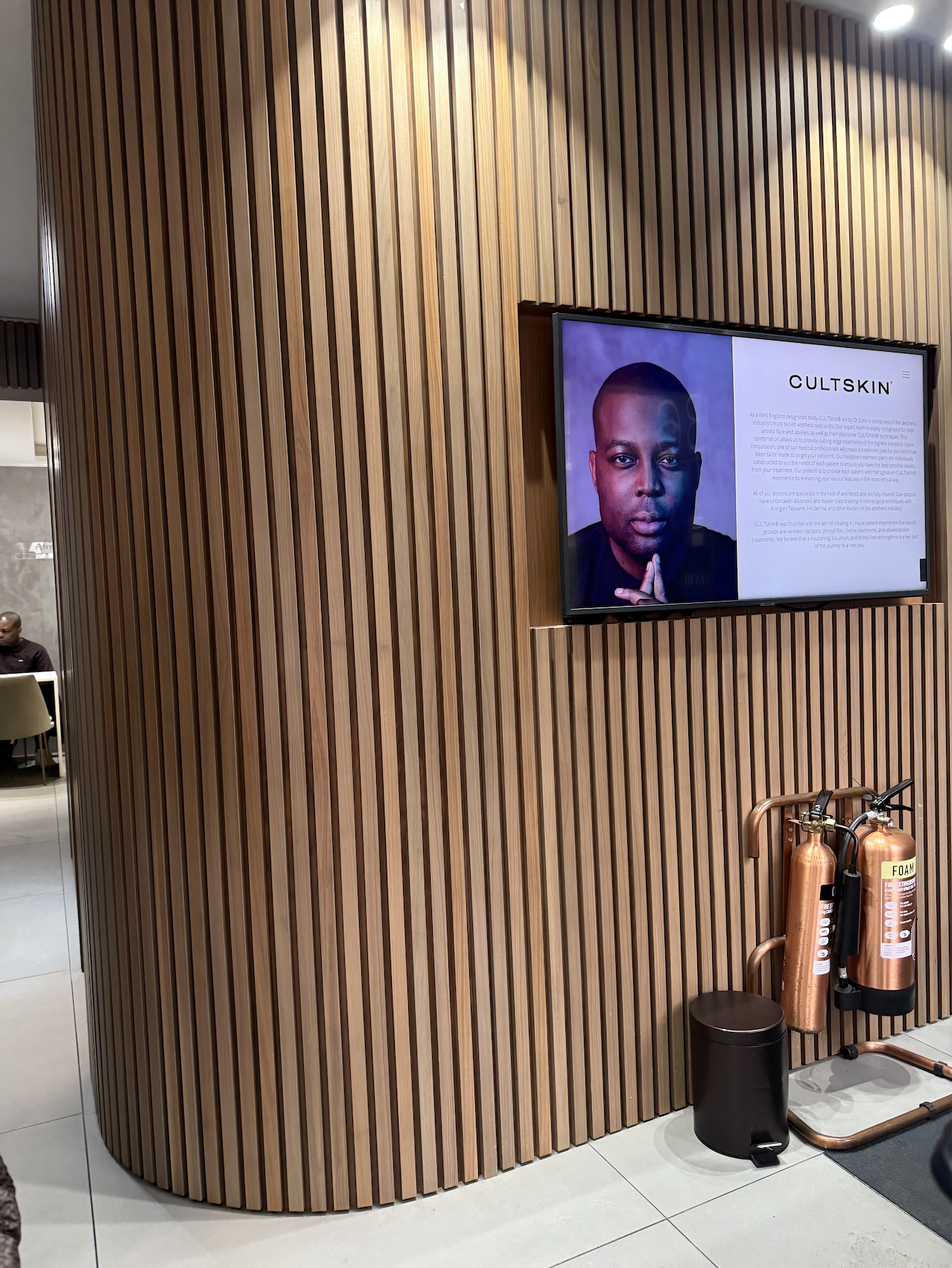
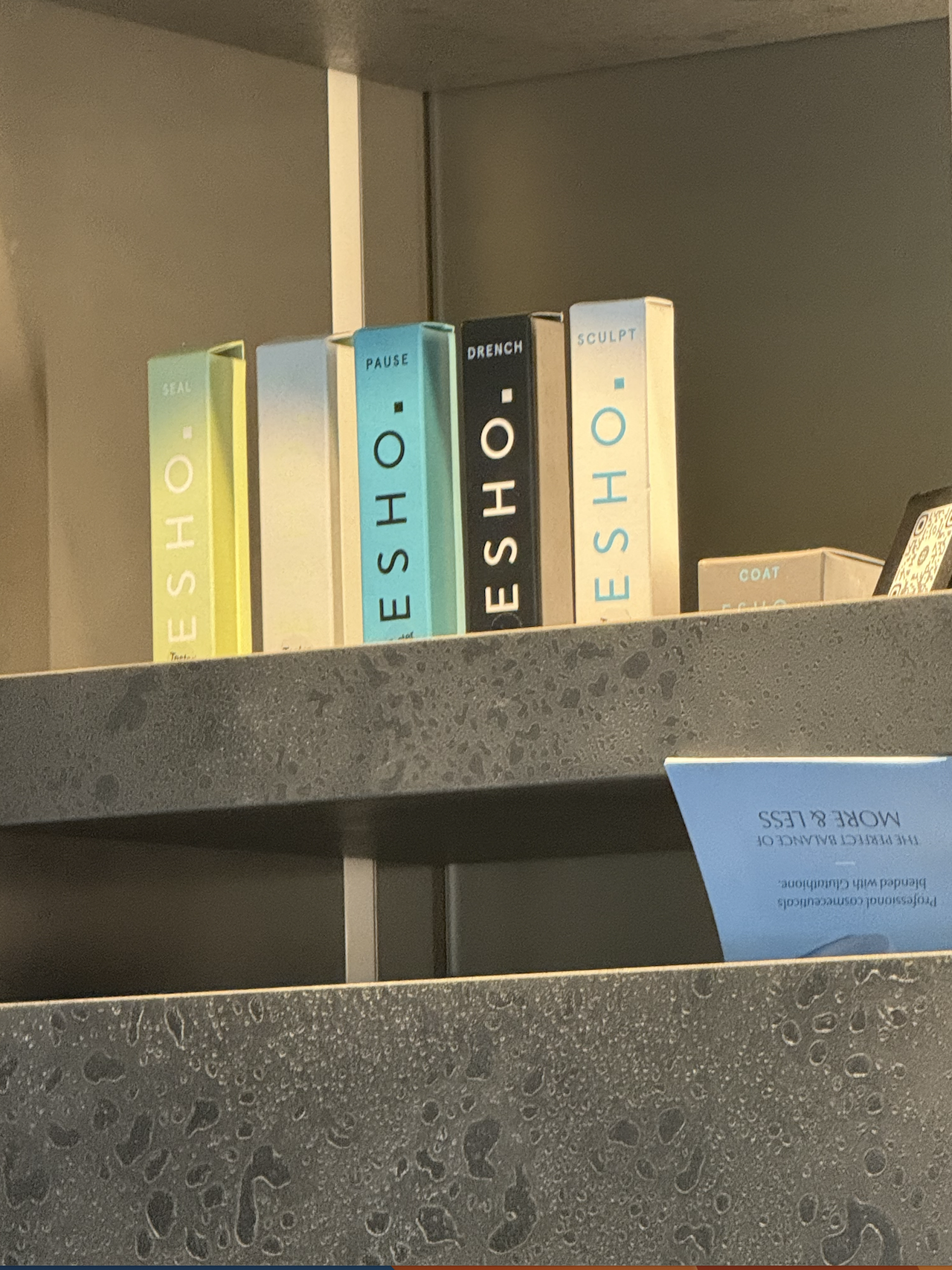
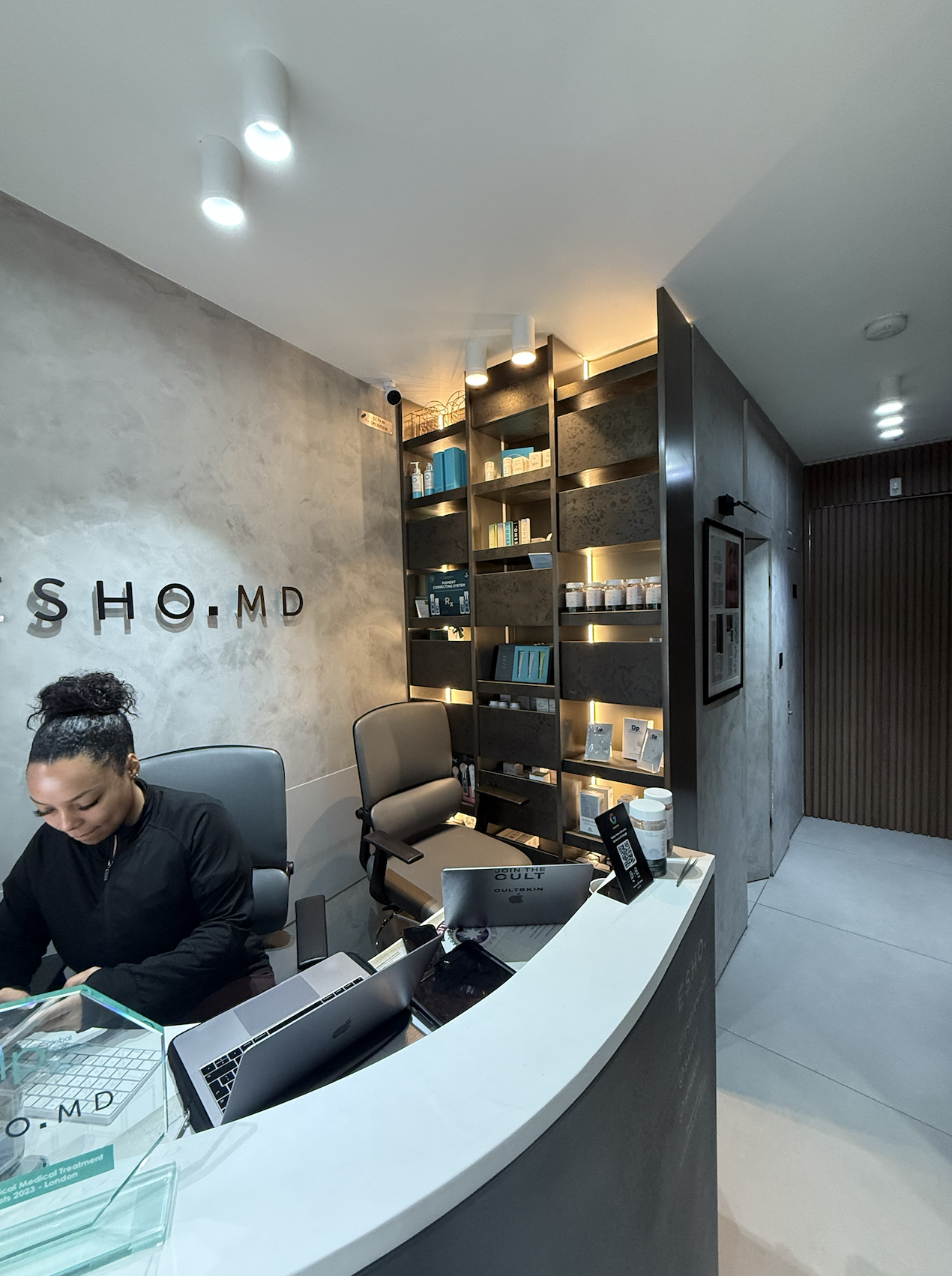
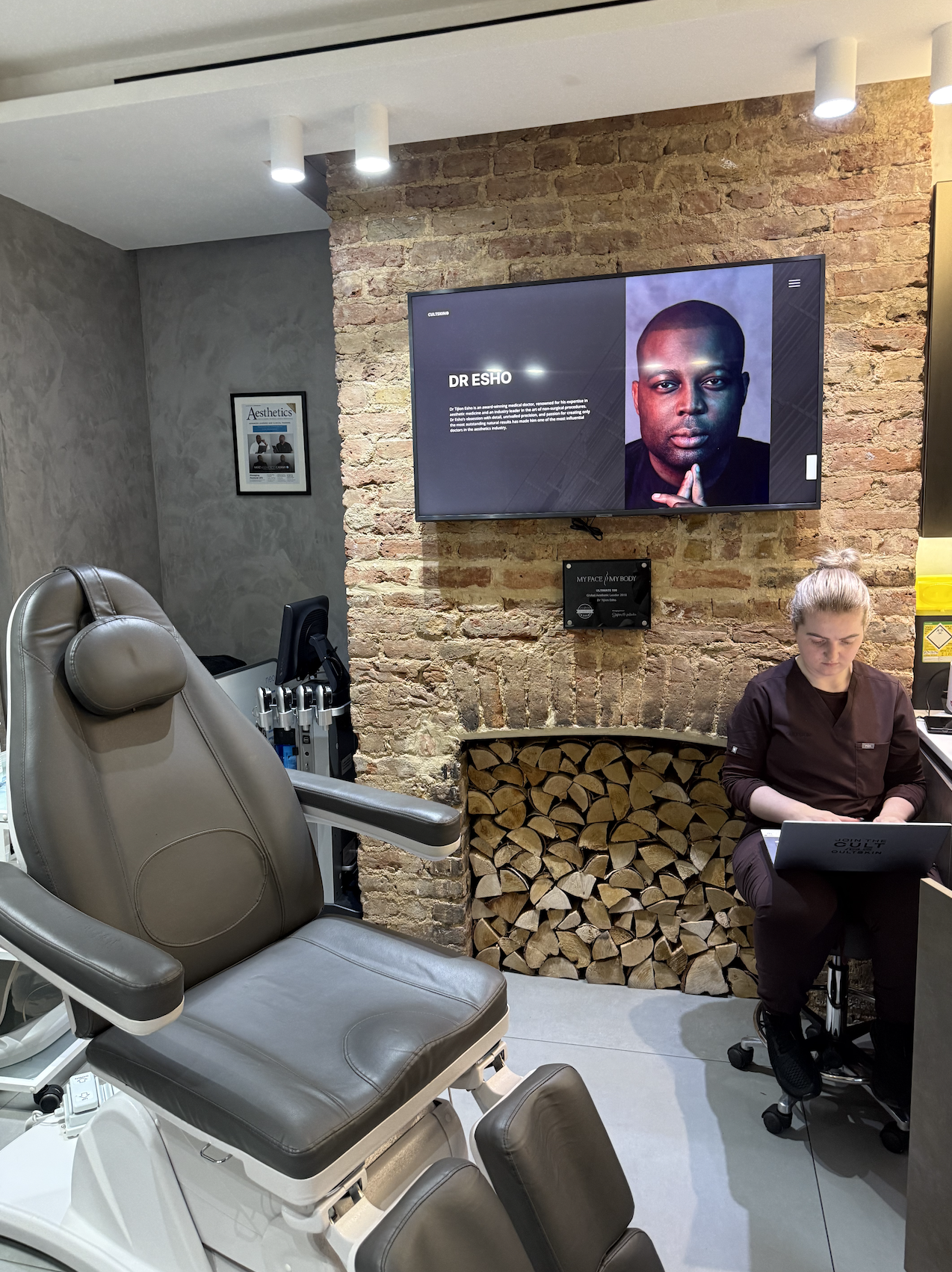
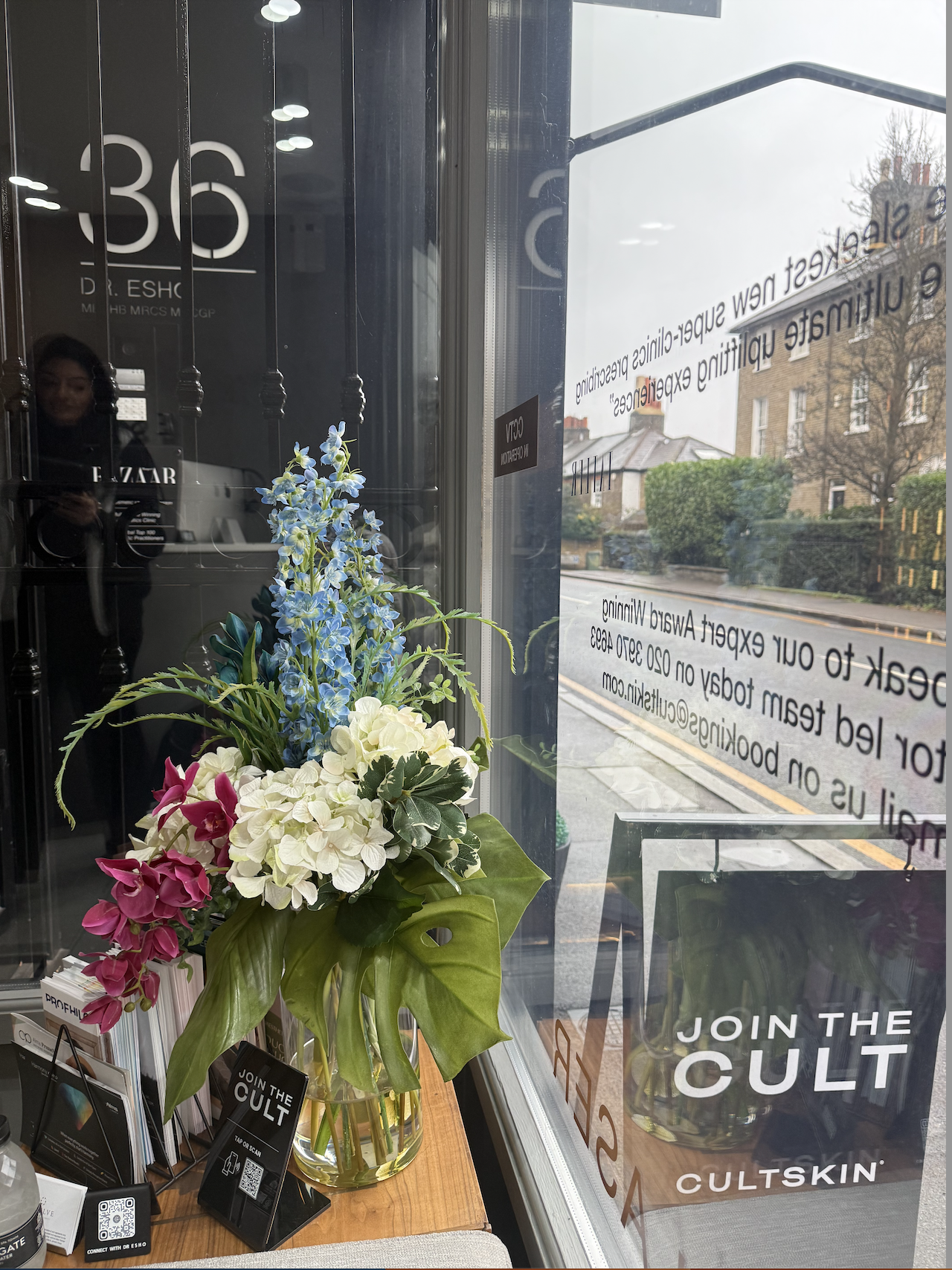
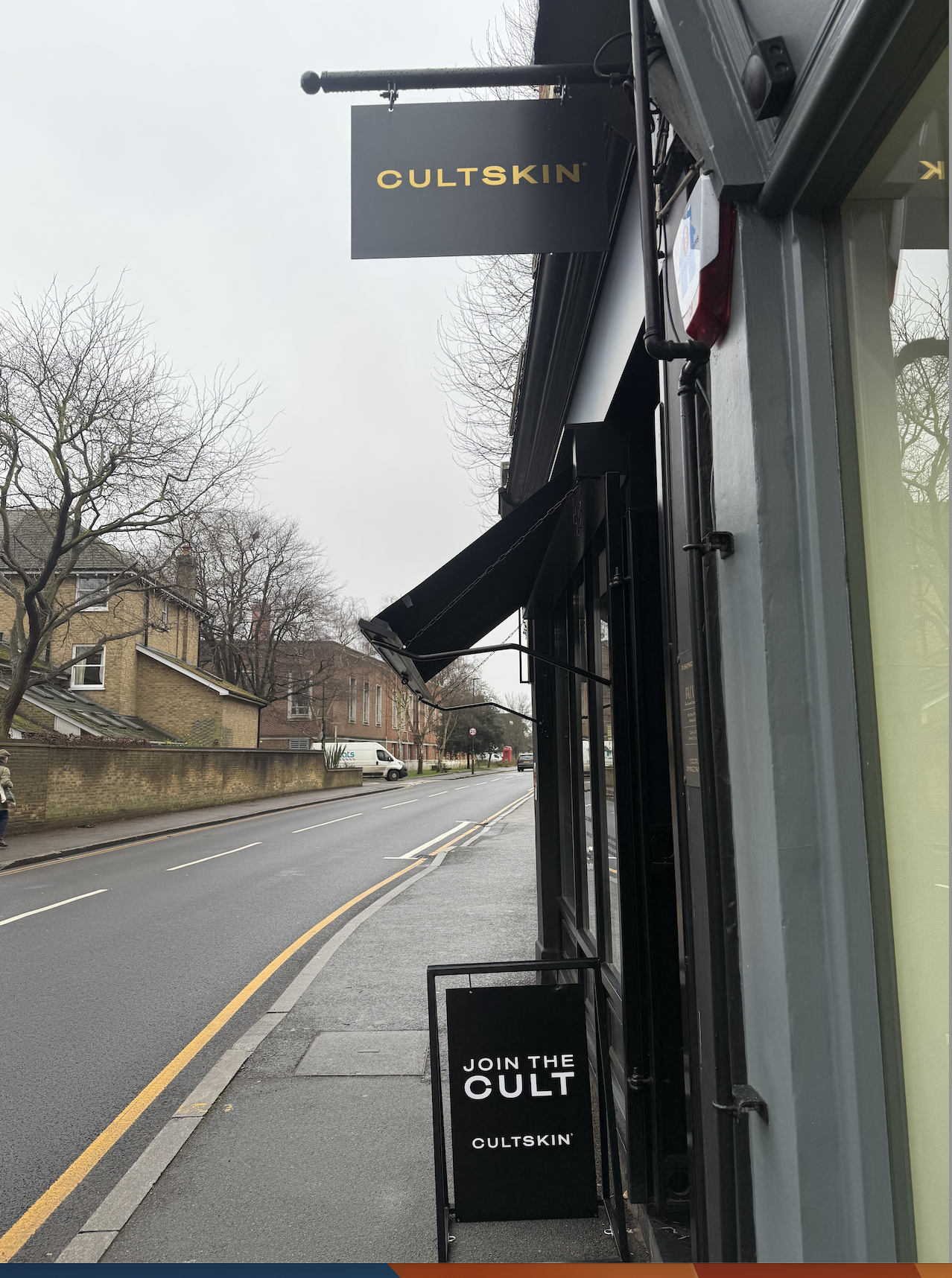
Why have people started getting them?
Non-surgical nose jobs have gained popularity through social media as more and more people get them as an alternative to a surgical rhinoplasty. Acting as a sort of try-before-you-buy procedure; it’s quicker, cheaper, and most importantly, reversible.
“One of the problems with social media is that it trivialises these surgical procedures,” explains Dr. Esho. “Many people jump into surgery without understanding the risks. The non-surgical route is a great way to preview potential changes before committing to permanent surgery.”
What does the procedure entail?
A non-surgical nose job is a quick 10-15 minute procedure that uses dermal filler to reshape the nose. Before starting, a consultation covers all risks, and patients must sign medical consent forms.
The nose is numbed with a topical anaesthetic, and Dr. Esho carefully injects small amounts of filler to refine the shape.
Dr. Esho told us his approach is to finish the nose in two stages; “I aim to achieve the desired result using the least amount of product possible. At the two-week follow-up, about 95% of patients find their nose is perfect once swelling subsides. If needed, I make subtle refinements.”
His reason for the use of minimal product is because filler technically adds volume, so he strategically enhances proportions to create the illusion of a smaller nose rather than an overfilled result. “What the person wants is minimal changes in their nose, they want it to look smaller.”
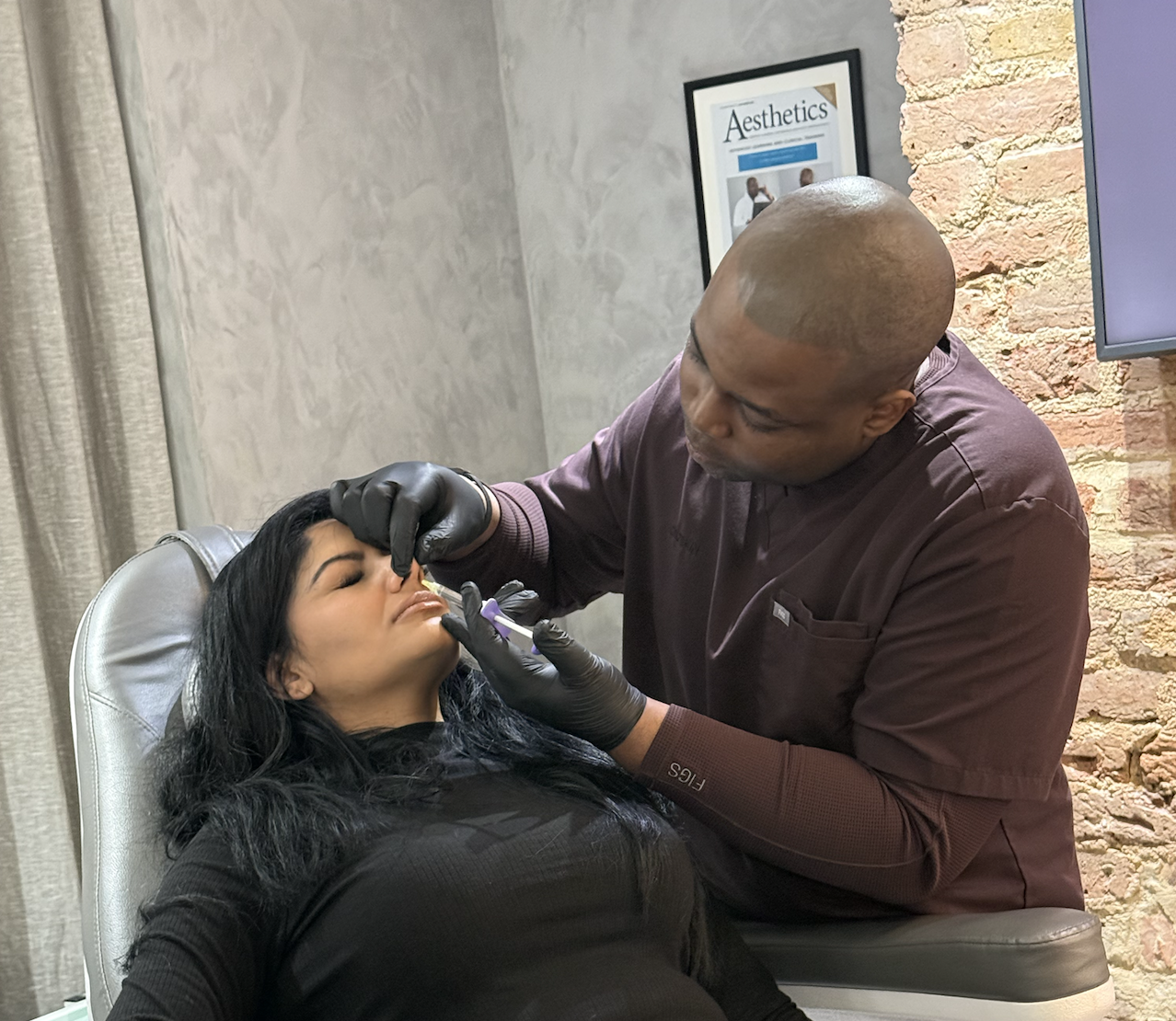
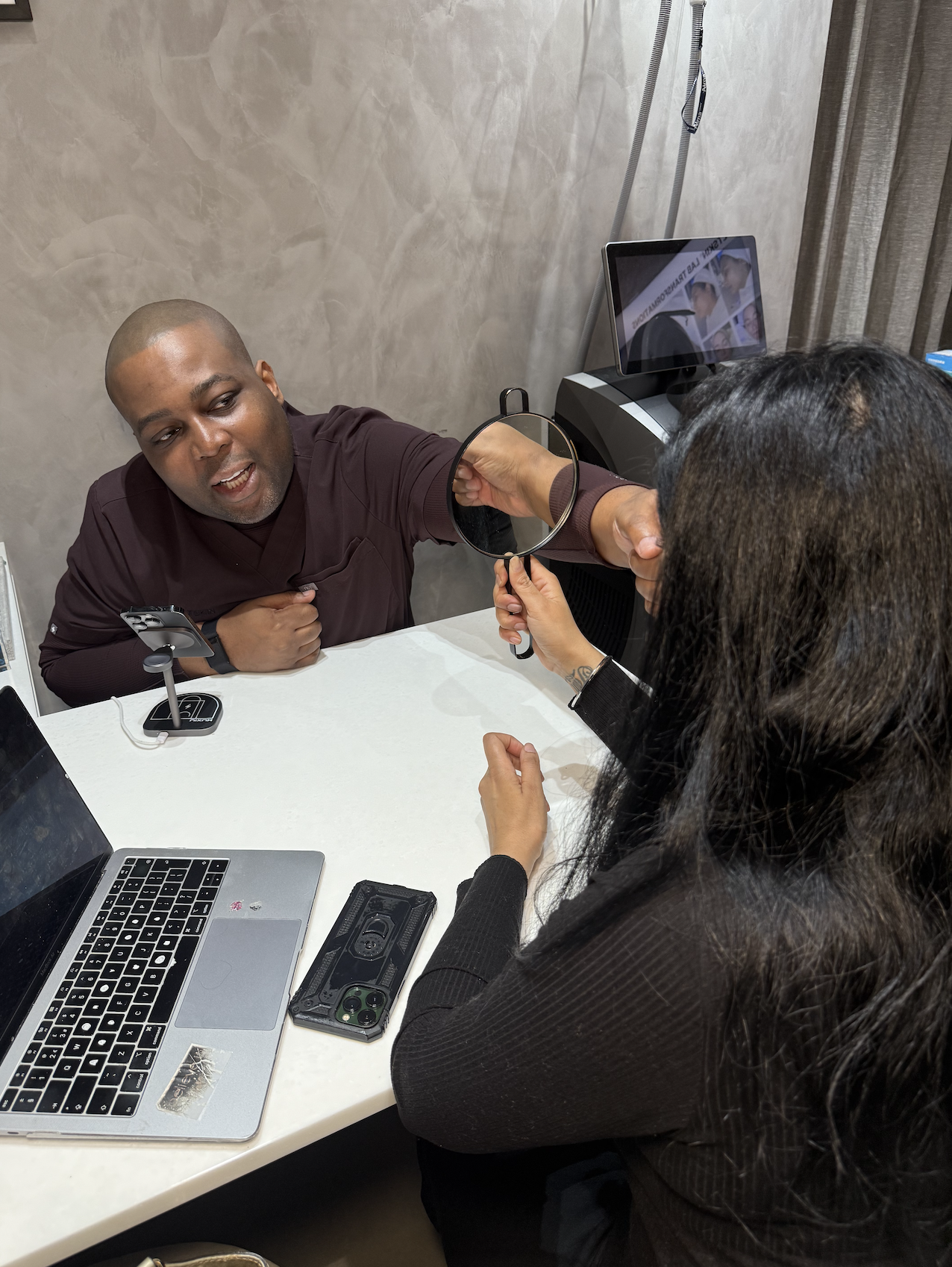
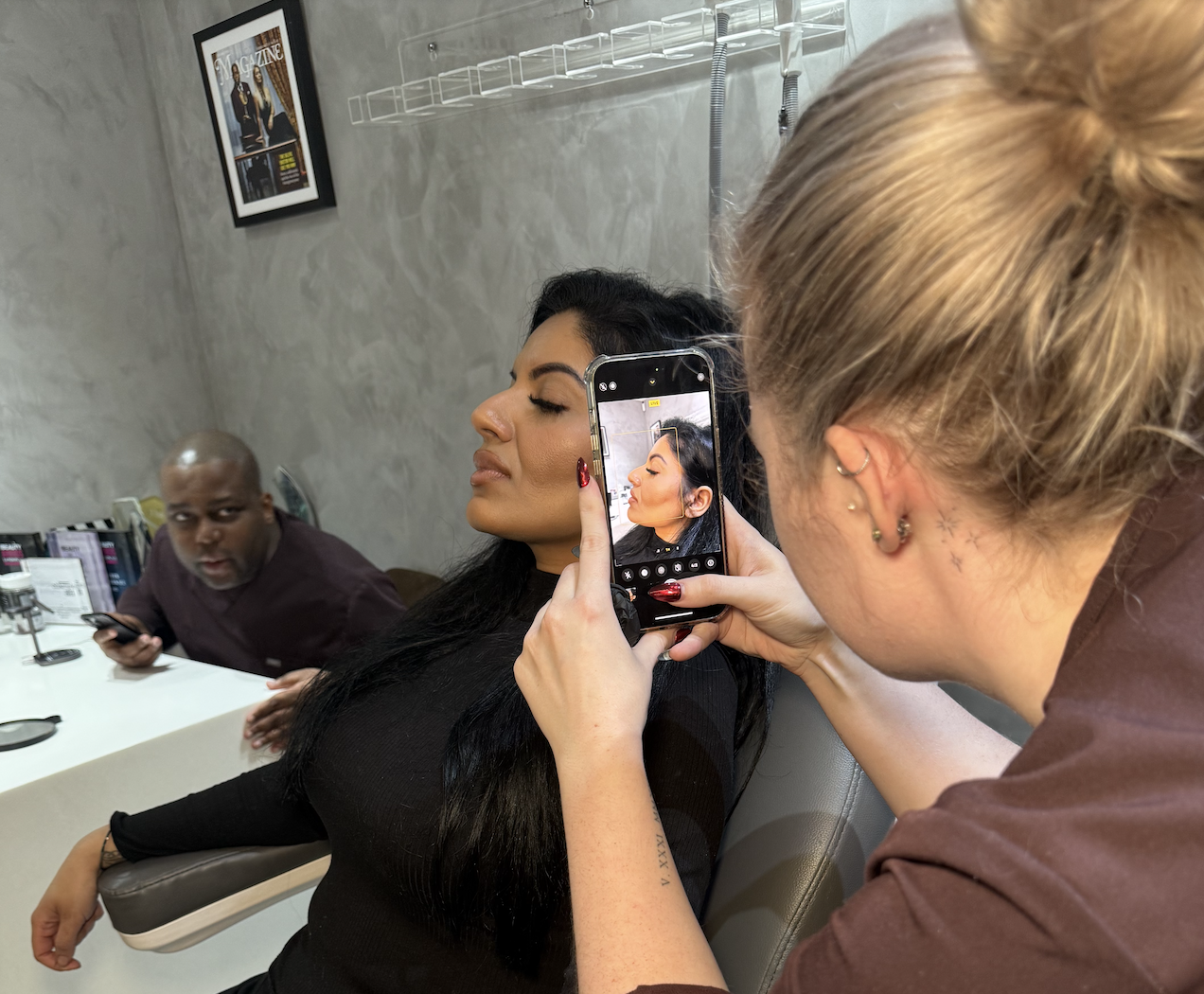
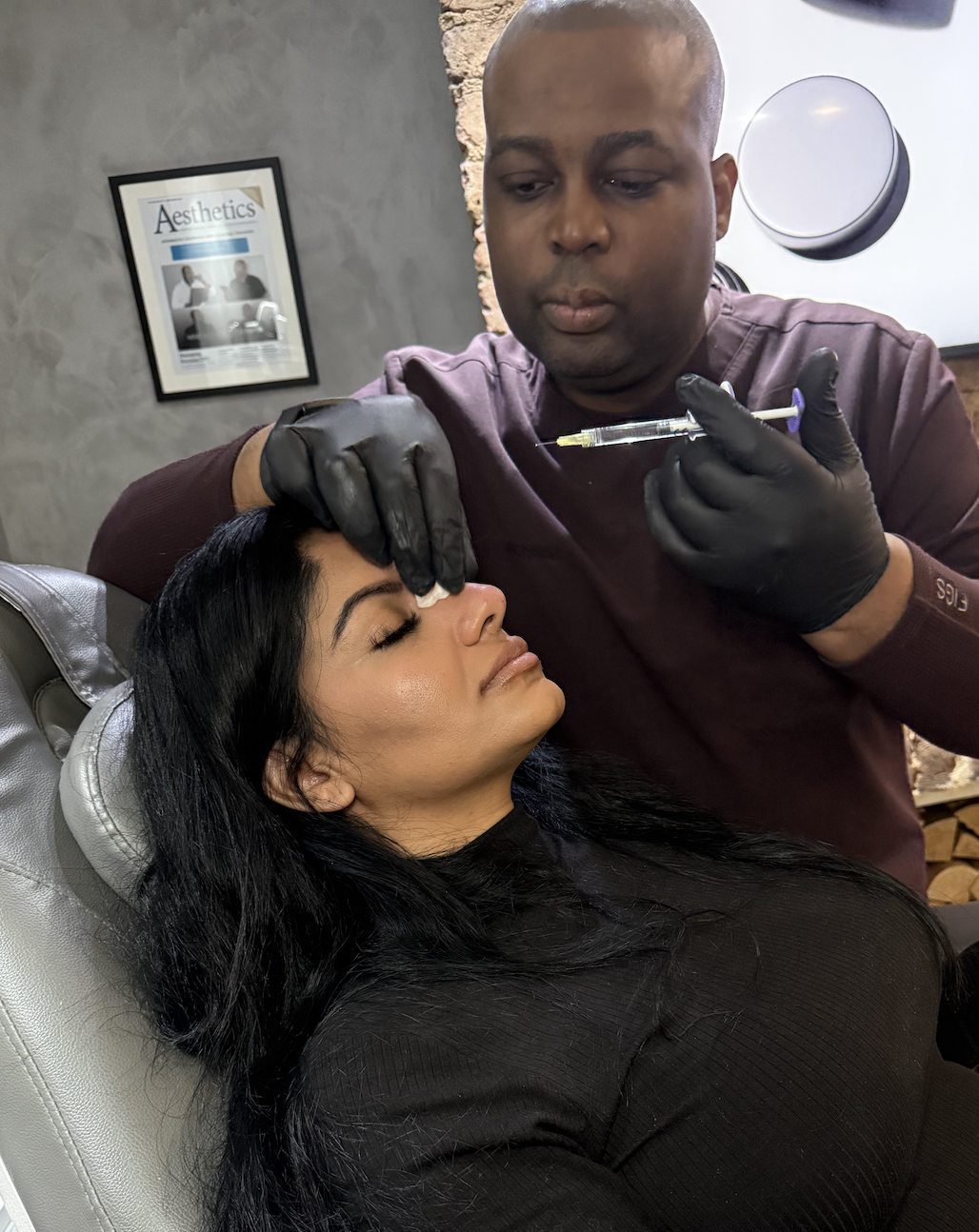
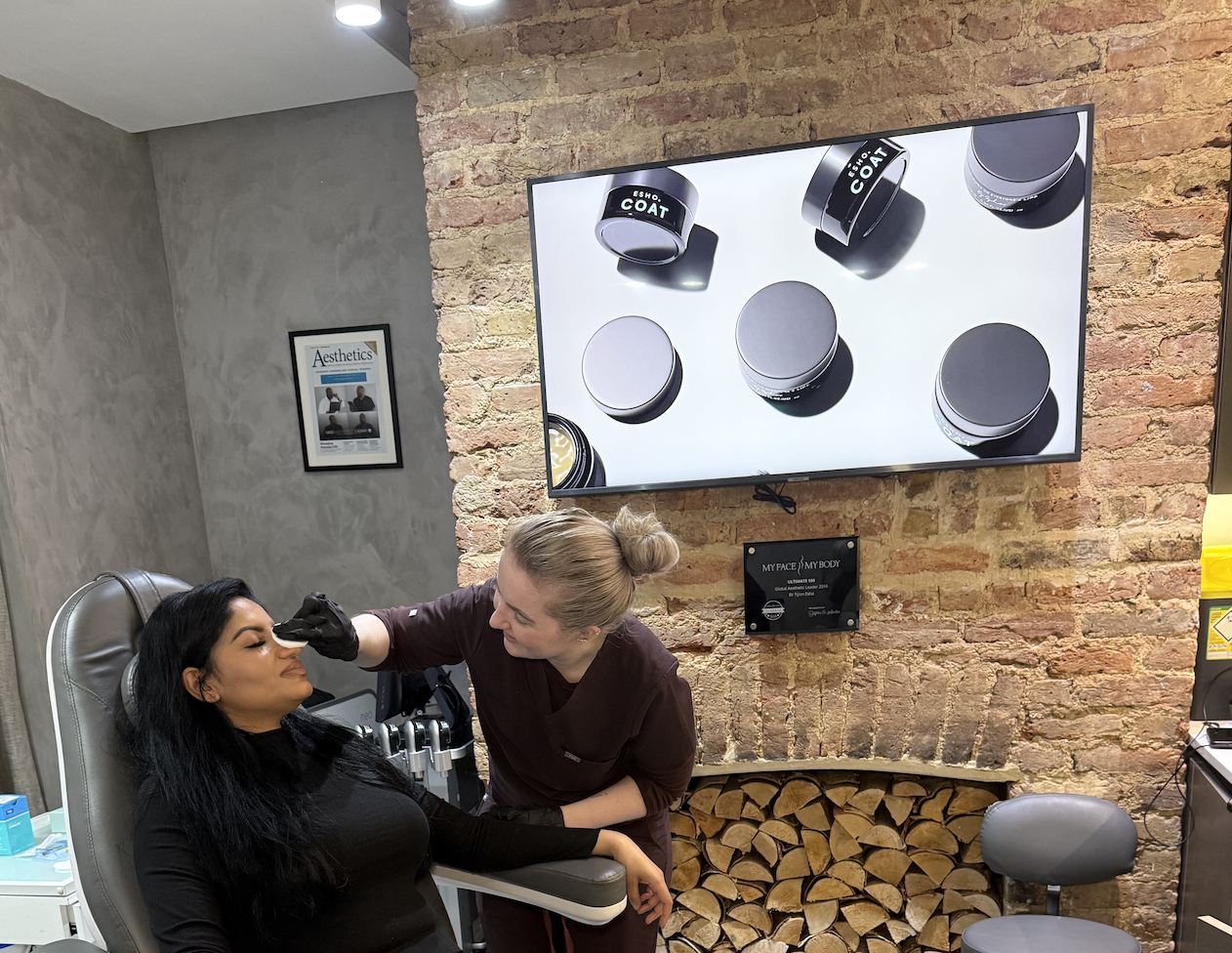
So, what are the risks?
As with any injectable treatment, he first common risk is the needle.
“You’re putting a needle into the skin, so the risk of minor bruising, swelling and infection are always there.” Dr Esho advises patients to avoid makeup the day of the procedure, alongside staying clear of aspirin, NSAIDS, and alcohol at least 24-48 hours beforehand to minimise complications. “Treat it like a medical procedure because it is one.”
The second risk is the product itself.
“There are many cheap, unregulated fillers on the market,” warns Dr. Esho. “You wouldn’t buy a designer bag without knowing the material—why wouldn’t you ask the same about what’s going into your face?”
Though rare (about 1 in 100,000 cases), some people experience an immune response to the filler. Signs of an allergic reaction include prolonged redness, swelling, or progressive irritation.
Unfortunately, there’s no way to patch test this he told us.
“That’s where then the benefit of seeing a medical practitioner is important, because they can recognize the signs of allergy mentioned earlier, but they are slightly different and aggravated, more progressive in an allergy. How you would treat that would be either to remove the product itself or treat it like a normal allergy with antihistamines or steroids.”
The third and most serious risk is Tissue Necrosis and blindness.
The biggest risk is tissue necrosis,” explains Dr. Esho. “If filler blocks a blood vessel, the surrounding tissue can die. In extreme cases, if an artery near the eye is affected, blindness is a rare but possible complication.”
This is why choosing a highly skilled medical professional is critical—only a trained expert can recognize and treat complications immediately with hyaluronidase (filler dissolver) if necessary.
What are the benefits of the procedure?
“It is reversible. It can break down on its own or you can dissolve it by using a product called hyaluronidase if it’s just about the desired look being a problem. If something has gone wrong, like infection or something else, obviously you must treat those causes before you can resolve anything for them.”
A significant pro is that it can act as a trial before having a surgical nose job (if that’s your end goal). “Surgical Rhinoplasty is very invasive and takes up to a year to settle,” says Dr. Esho. “Filler lets patients preview potential changes without permanent commitment.”
“Cost is also a fraction of what it would be to have a surgical rhinoplasty.” While maintenance is required, it’s still a fraction of the price.
“The final part is the profound effect it has on someone in terms of their confidence,” adds Dr. Esho.
What do I need to research beforehand?
“So first is to establish is this a medical professional?” Dr. Esho outlines key criteria for selecting a safe provider:
Medical Credentials, as outlined by NHS England that should be – “A doctor, dentist, or nurse qualified in medical aesthetics. Never get filler in someone’s kitchen,” warns Dr. Esho.
“The reason behind this is these professionals understand the risks and can independently prescribe antibiotics so you’re not dependent on someone having to refer you to someone else if things go wrong.”
Next is insurance and safety protocols.
“Always ask if they have insurance—it protects both the practitioner and the patient.”
“The insurer would make sure that this is a place that does consultations, gives you a cool off period, makes sure you’re aware of the risks and not just going ahead with the procedure.”
“I think after that is then making sure that then you’ve seen their work.” Look for someone with at least 3-5 years of experience “they should have a body of work that they’re able to show you”.
Understanding the product is also a key factor.
“Ask what filler they use. We use Juvéderm because it’s the most researched and reliable. Products should be CE approved. That means in anywhere in Europe, it meets standards. And if it’s America, FDA approved as well.” A good provider should also offer a clear follow-up plan to monitor healing and ensure optimal results.
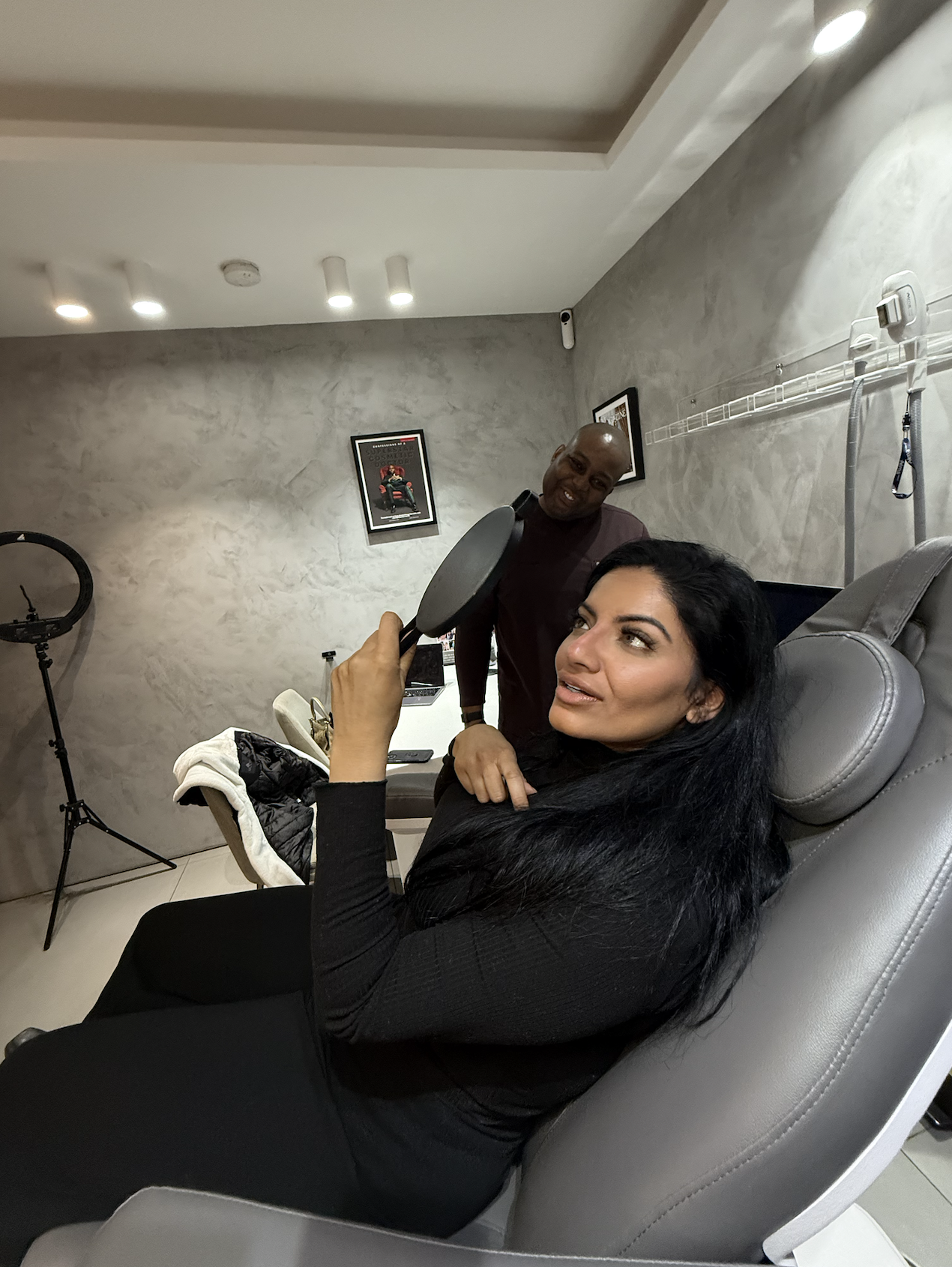
Is there an ideal candidate?
“There are physical attributes, and then psychological attributes.”
- Had no previous nasal surgery or cancer reconstruction.
- Are in good physical health with no other conditions that could affect the outcome and increase risks such as immune disorders or the use of blood thinners.
- Understand both risks and benefits and are getting the procedure for themselves without external pressures.
Is this someone that is too high risk?
Those who have had previous nasal surgery (increased risk due to altered anatomy) or have existing medical conditions that affect the healing process/increase bleeding risks.
“Sometimes, as a doctor, you have to say no—even if the patient really wants the procedure.”
How long does recovery take?
Normally it takes a few days for inflammation to go down and then 2-3 weeks for the nose to completely settle.
Dr. Esho always provides his patients with vigorous aftercare instructions. These include:
- No makeup for 24 hours.
- Avoid alcohol & blood thinners for 24-48 hours.
- Use ice to reduce swelling.
- Watch for signs of complications and contact your practitioner if concerned.
What if I have a big event coming up – how far in advance should I get the procedure?
Dr Esho strongly recommends scheduling the procedure at least 2-3 months in advance.
“You need time to get used to the change, and in case of any issues, you want room for correction. A last-minute procedure before a big event can lead to unnecessary stress and regret.”
When do I see results?
“The results are instant. With final refinement after 2-3 weeks.
How long do the results last?
“There’s what we call the longevity of the product in the body,” says Dr Esho. “If we were to do an ultrasound scan or biopsy, how long it is detected in the body is usually 18 months or more, but we’ve seen in some cases where this is lasting up to three years in the body of the patient,” he explains.
“Then there’s the desired look that is maintained, and that’s the more important one for the patient.” Even though the product can last for a long time in the body, the ideal aesthetic lasts 9-12 months before requiring a top up.
“Most of my patients return after about a year for a refresh.”
Final thoughts
A non-surgical nose job can be a game-changer for those seeking subtle refinements without surgery. However, safety comes first.
Choose an experienced, medical professional.
Know the risks and benefits.
Give yourself enough time before major events.
With the right approach, this quick and effective procedure can enhance confidence and facial harmony—without ever going under the knife.
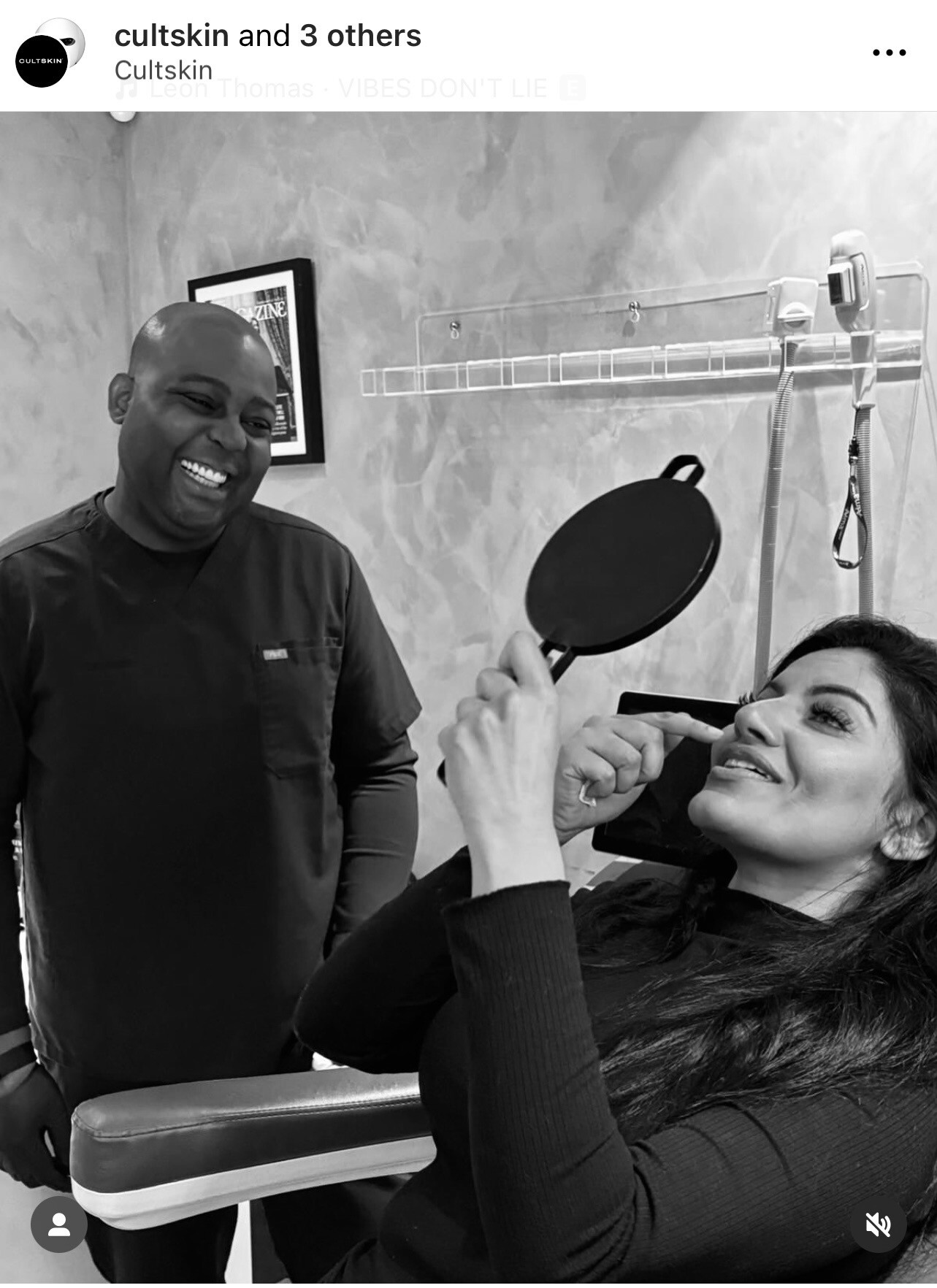
Words by Zlata Gavula
Photography Camilla Morgante



